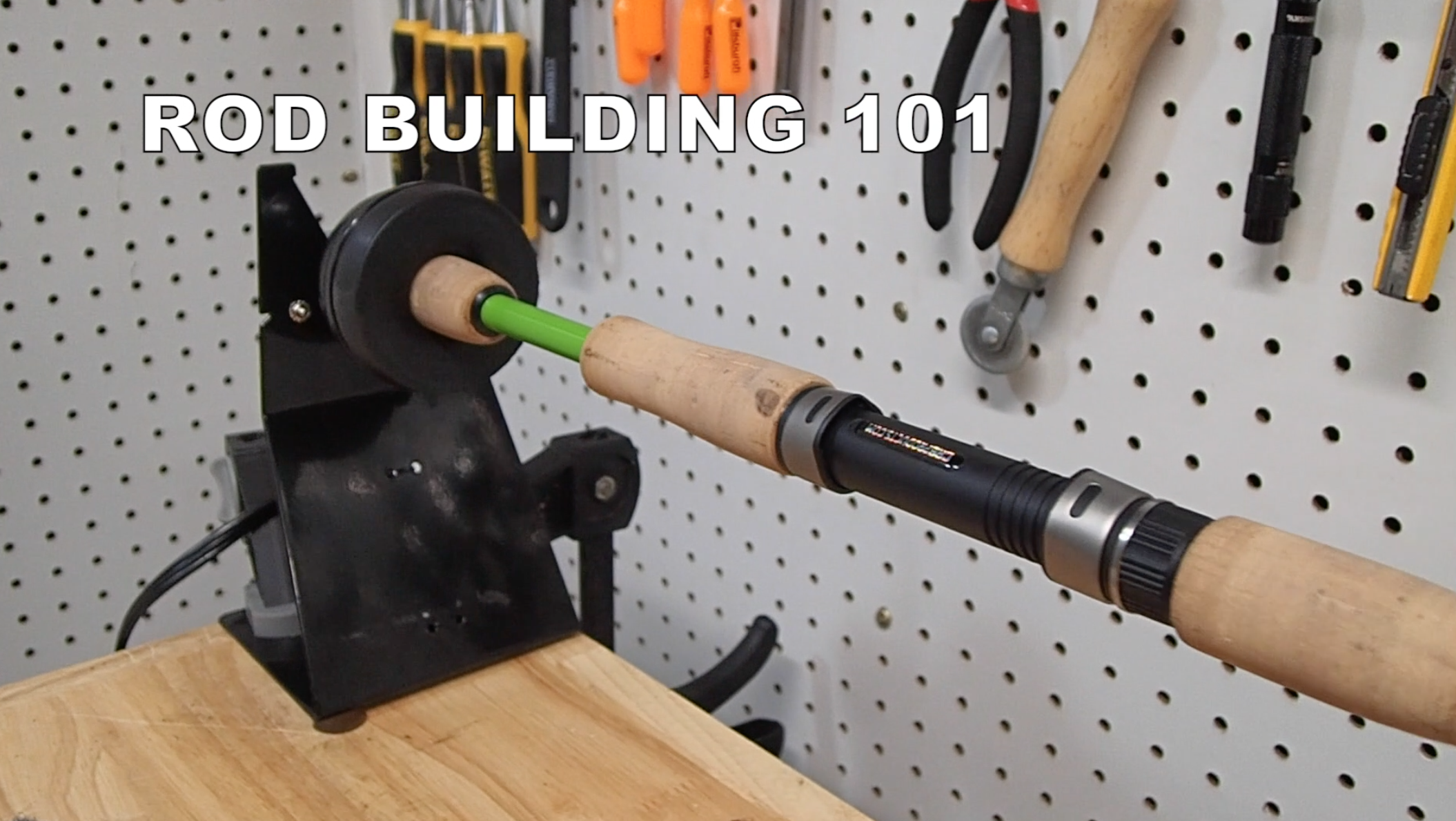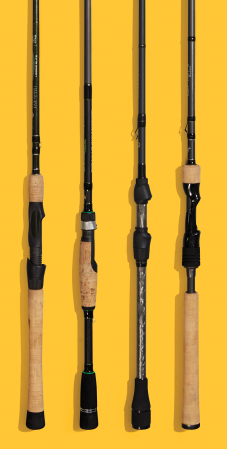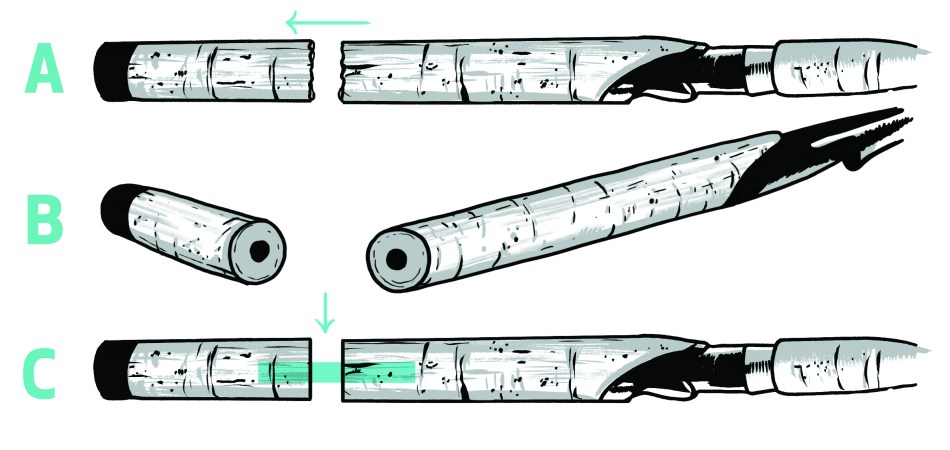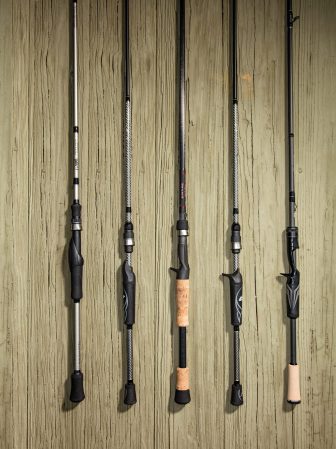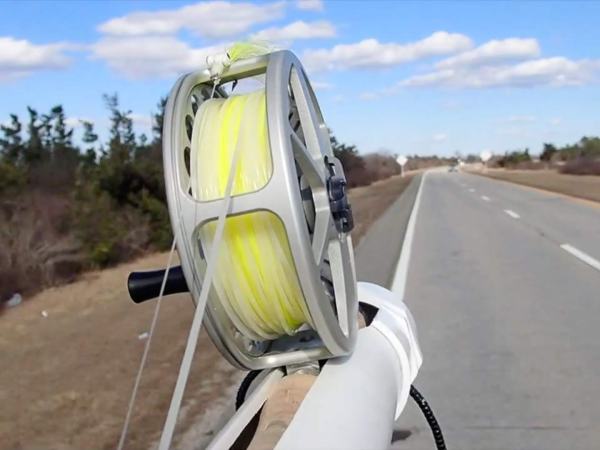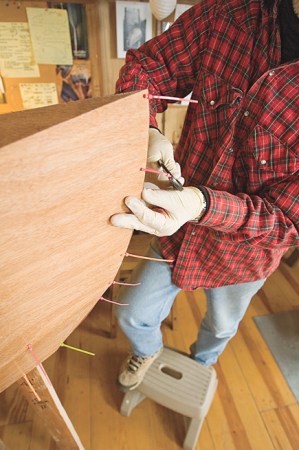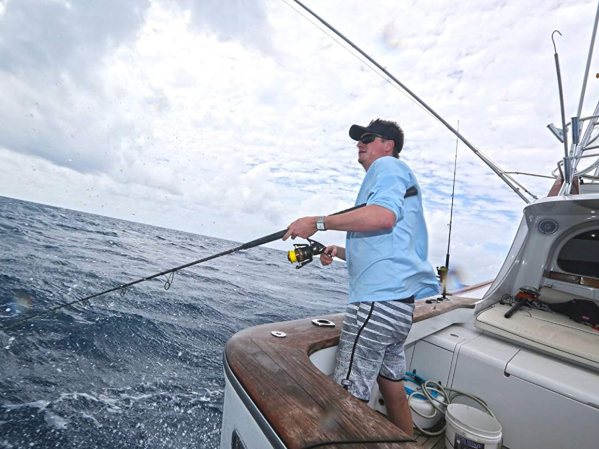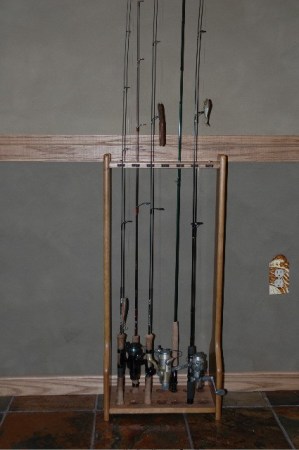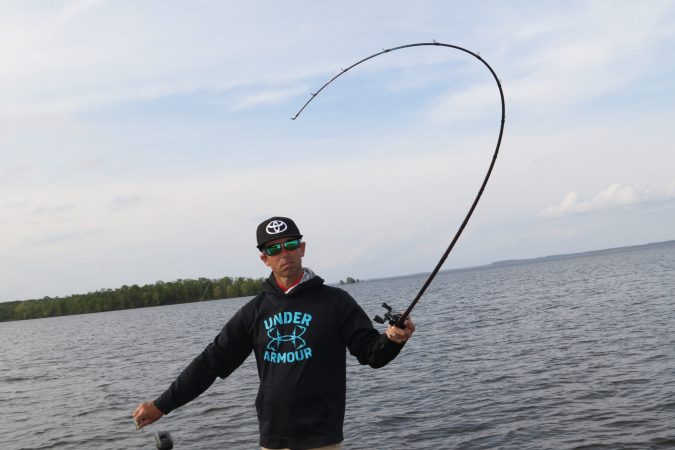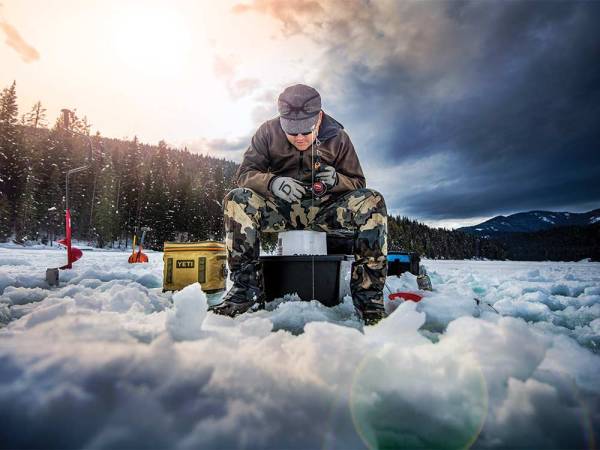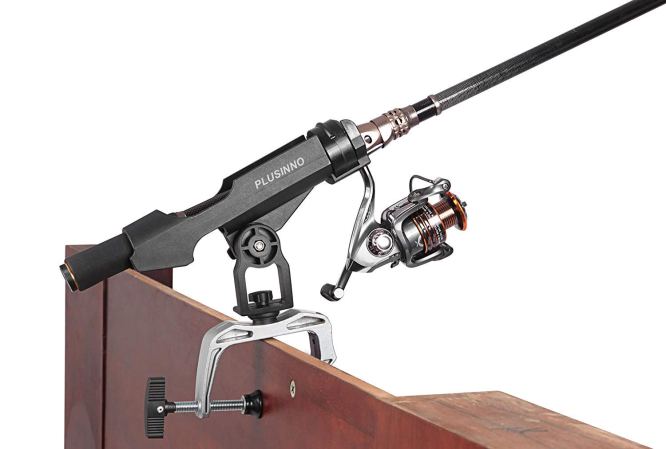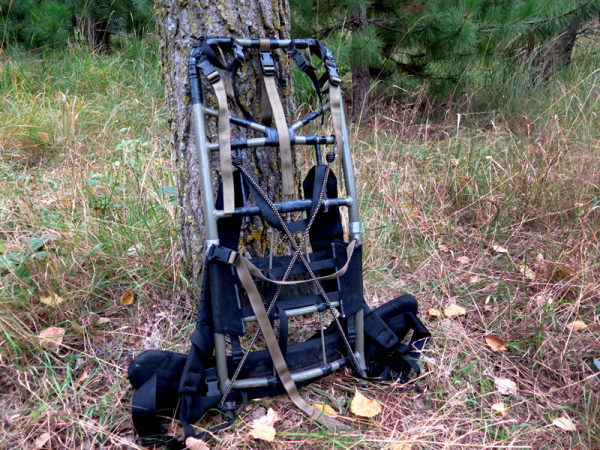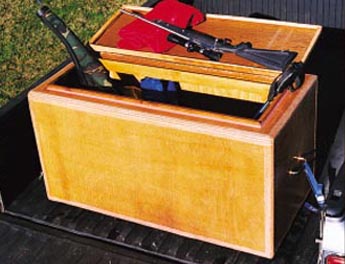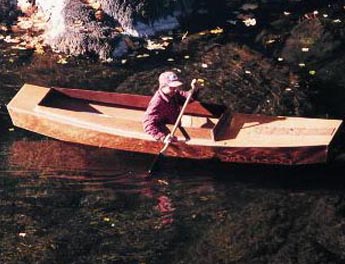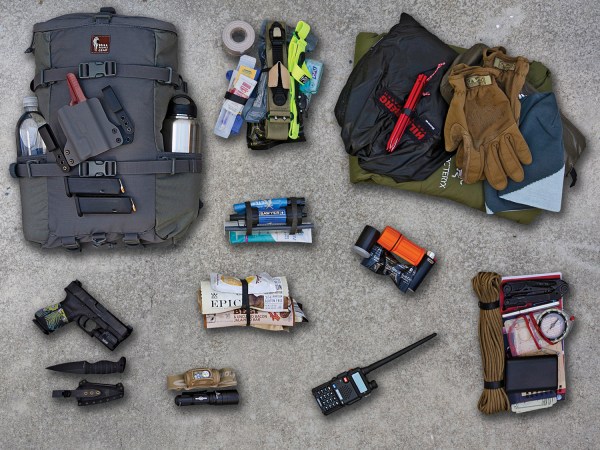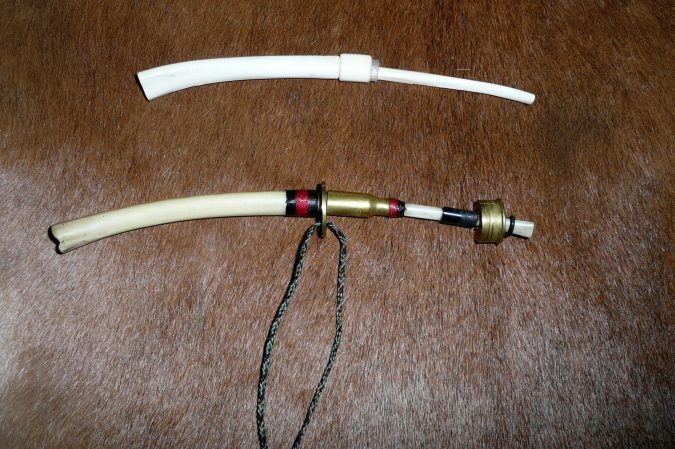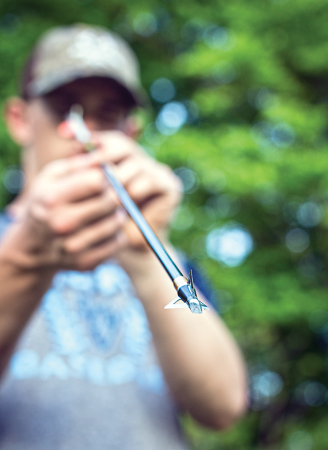We may earn revenue from the products available on this page and participate in affiliate programs. Learn More ›
I built my first rod out of frustration. I couldn’t find a kid-sized rod that would hold up to saltwater species. My favorite cousin was knee-high at the time, and I needed a rod that would fit pint-sized hands but still have the backbone to bottom fish with a couple ounces of lead and do battle with the occasional bluefish or striped bass. So I built one with a narrow-diameter handle of cork tape that checked all the boxes. Now, you can find that same rod on the roof of that boy’s Jeep.
There are many reasons to build your own rod, the most obvious of which is that you can craft one to your exact specifications. Gone are the days of “you can get any color you want, as long as it’s black,” with blanks coming in a dizzying array of colors. Most manufacturers sell their rods in blank-only form, so you don’t need to abandon your beloved tapers to go the custom route. With the judicious application of a triangular file, you can cut the blank down to your preferred length. There’s nothing like catching a fish on a rod you’ve built.
There are dozens of manufacturers of rod building components so you can get the exact style of guide you want, whether that be a titanium model that snaps back in place after you step on it or one with agate inserts, just like Granddad had. Commercial rods tend to be stingy when it comes to guides to keep their costs down, but you can get better casting distance out of a blank by adding more. Tape the guides on and cast, moving them gradually until you find your personal sweet spot.
Reel seats run from mild to wild, with inserts ranging from standard molded plastic to neon resin models so gaudy they would make a bass pro blush. If you feel the need to spend some coin, you can hold your reel in place atop exotic hardwoods using the finest in German silver. There are quite a few options for handles as well. You can choose from carbon fiber makes that look like they belong on a Formula One racer or humble cork rings that come pre-formed or are shaped by your own hands to your favorite contour. There are even heat-shrink materials available for use in harsh environments, such as the surf.
It doesn’t take a lot of cash to get started in this game. A modest outlay can get you some pretty good equipment—stuff that you won’t soon outgrow as you get more involved in the hobby. And because you’re providing all the labor, you can get a better-than-factory rod for pennies on the dollar. When you start shopping for components, you’ll be surprised how far your dollar goes, and how small the gap from economy to top shelf can be.
